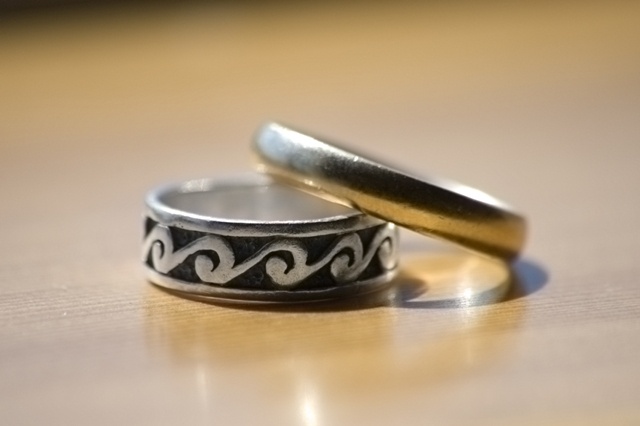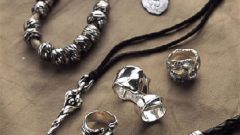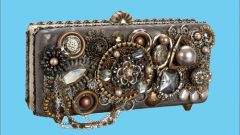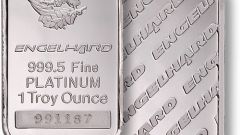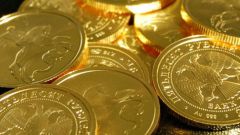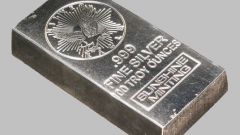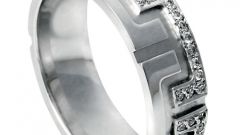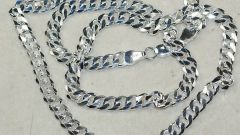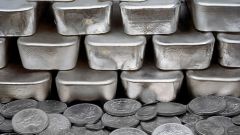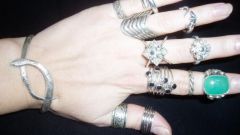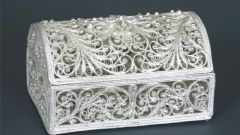You will need
- Jewelry loupe
- Hot water
- Electric lamp
- Magnet
- Rubber gloves,pipette,nitric acid
Instruction
1
The first is to pay attention to the product label. On modern factory products definitely will stand trial, designer silver jewelry as well must be labeled in the assay chamber, but not all artists comply with these rules. On the Russian-made products you can find the following sample 960,925,875,830,800. They indicate the percentage of silver in the alloy. So in the product labeling contains 875 is 87.5% silver. Alloy with 80% silver content is used mainly for Cutlery. Silver 925 worldwide called sterling (sterling).
2
In other countries there is a different standard alloys, so the goods from abroad may have different numerical samples, in addition, some countries use such labeling as STERLING, STER, S/S, SILVER. Don't forget about the stamps. Samples of stamps of famous masters and large firms know all who are interested in silver. Silver articles produced in the Soviet Union, as a stigma, used a five-pointed star, English antique silver can show off leopard with a raised paw. If you buy antique silver ware with it, ask about the available brands and check them out through specialized sites. Depending on the country, era, master, there are hundreds of brands, samples, brands, and combinations thereof.
3
Pure silver, among the metals, has the highest conductivity. Therefore, the higher the sample, the purer the alloy, the faster heats the product. You can put it in hot water with two spoons Melchior and presumably silver, the second is to warm up quicker. Ring, earrings, chain, bracelets jewelry, sterling silver are fast becoming hot, they even recommend to take off before a bath or sauna, so as not to burn.
4
Another property of silver high reflective ability. Place the silver item under bright light and make sure that it reflects him better than Nickel silver or metal spoon or as well as other silver jewelry of the same sample. Don't forget to clean up, if it does not contradict the artistic design, the control with silver patina, which will mute characteristic of silver glitter.
5
Popularity has the following test - if you RUB the silverware with a clean, soft light fabric, it will remain dark spots. Its effectiveness is questionable for a number of reasons. First, contrary to popular belief, silver is not oxidized by oxygen, but actively reacts with sulfur-containing compounds, which, in certain quantities, there is in the environment and the natural secretions of the human body. The amount produced by the body of hydrogen sulfide and sulfur are different, that is why there is the myth that silver "feels" the disease of the owner and darkens. Secondly, as a rule, alloys of silver contains copper, but it just enters the oxidation reaction with oxygen contained in the air. Accordingly, the purer the alloy, the less oxidation, and therefore the lower the efficiency of the "tissue" test. The third and final. Manufacturers, well aware of the property of silver and its alloys, to maintain the presentation, protect items from oxidation, coating it with a thin layer of Nickel, clear varnish, electroplated with rhodium or thick layer of a special wax.
6
Another dubious test determines the authenticity of silver with a magnet. Yes, silver is diamagnetic, but copper, lead, cadmium as well not attracted by the magnet, so the only thing you can say on the results of this test is whether the product is a large admixture of iron or Nickel.
7
One of the most accurate test silver with nitric acid. Click on the product inconspicuous spot, lightly scratch it to remove the possible protective coating and apply a little bit of nitric acid. Silver plated brass, Nickel silver, low-quality silver alloy will turn green because of high copper content, sterling silver will be cream, black is painted almost pure silver.
